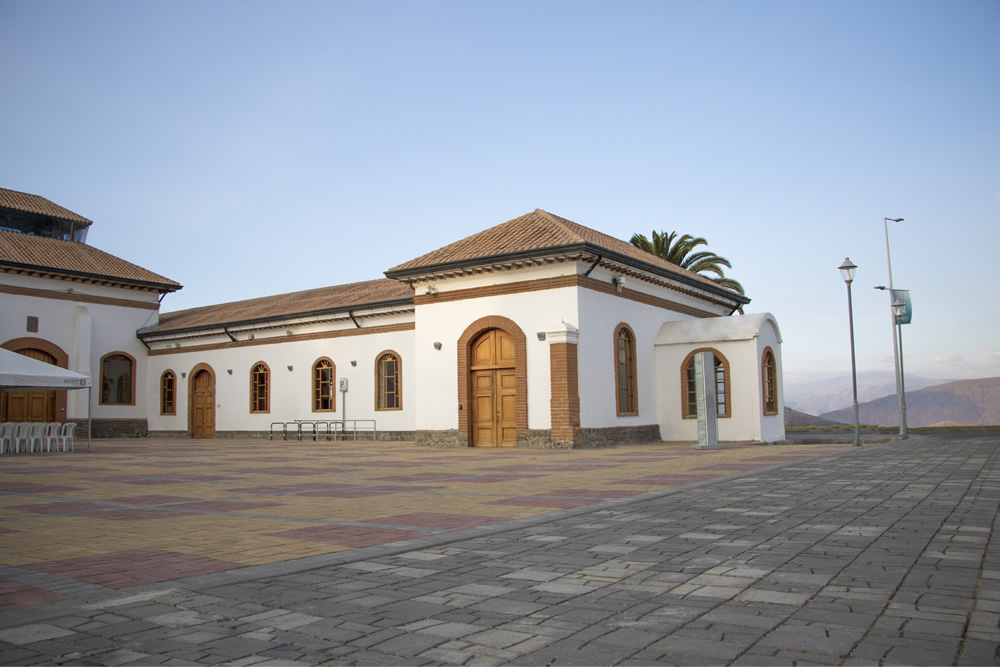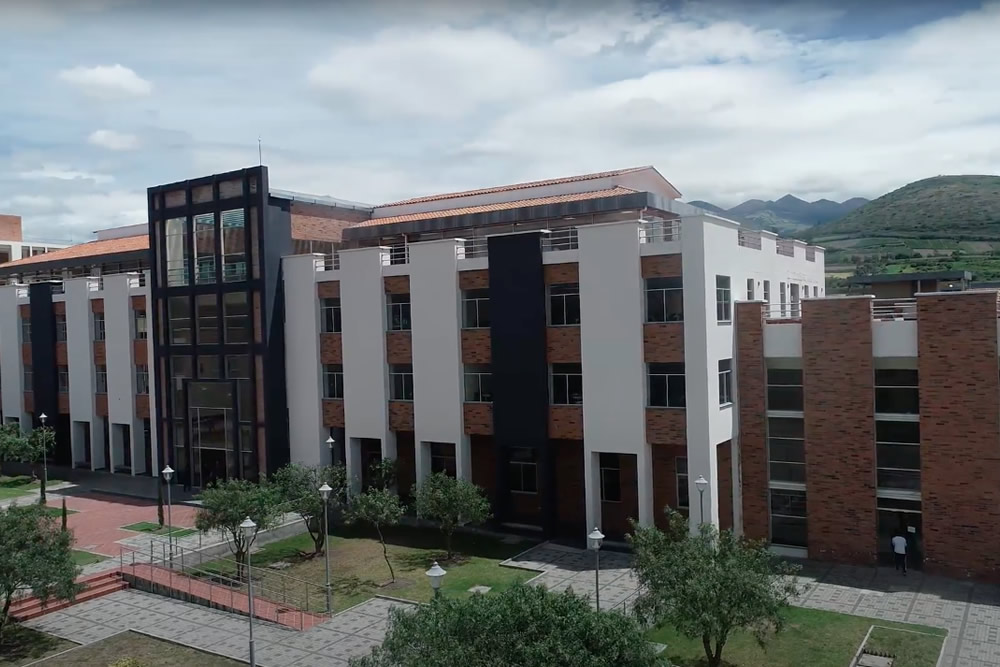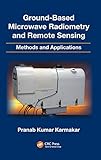Ground-based microwave radiometry and remote sensing : methods and applications / Pranab Kumar Karmakar.
Tipo de material: TextoDescripción: xvi, 196 pages : illustrations ; 24 cmISBN:
TextoDescripción: xvi, 196 pages : illustrations ; 24 cmISBN: - 9781466516311
- 551.5028/7 23
- QC973.4.A85 K37 2014
- SCI032000 | TEC024000 | TEC036000
| Tipo de ítem | Biblioteca actual | Signatura | Copia número | Estado | Fecha de vencimiento | Código de barras | Reserva de ítems | |
|---|---|---|---|---|---|---|---|---|
 Colección general
Colección general
|
Biblioteca Yachay Tech | 551.50287 K1859g 2014 (Navegar estantería(Abre debajo)) | Ej. 1 | Disponible | 000950 |
Includes bibliographical references and index.
"Ground-based radiometers are currently operated in research labs around the globe and are also used as routine measurement tools for water vapor and temperature profiling. This reference provides a comprehensive picture of ground-based radiometry, starting with the basic principles. It provides information on ground-based instrumentation, retrieval techniques, and temperature structure. The book also covers temperature profiling and water vapor radiometry as well as ozone radiometry and nitrous oxide measurements. In addition, it supplies retrieval algorithms using MATLAB, worked examples of derived products, and polar atmosphere cases. "--
"Preface Remote sensing by using microwave has become an important diagnostic tool for probing the atmosphere and surface of planetary objects. The term microwave remote sensing encompasses the physics of microwave propagation and its interaction with atmospheric ambient particles. The basic components of microwave remote sensing are the sensor-scene interaction, sensor design, and application in geosciences. This book is mainly for the physicists and engineers working in the area of microwave sensing of the atmosphere; it is not for ultimate users like geologists and hydrologists. An attempt has been made to establish a link between the microwave sensor response and the ambient atmospheric thermodynamic parameters, like water vapor content, temperature, nonprecipitable cloud liquid water content, and rain in the tropical, temperate, and polar regions. It should be mentioned here that of several types of sensors, such as radar, radiometer, LIDAR, etc., we have described the ground-based radiometric application in remote sensing of the atmosphere, which in a sense may be called microwave radiometry. Radiosonde observations (RAOBs) are considered to be the most fundamental and acceptable method for atmospheric temperature and water vapor measurements and profiling, in spite of their inaccuracies, cost, sparse temporal sampling, and logistical difficulties. A better technology has been sought for the past few decades, but until now, no accurate continuous all-weather technology for probing the atmosphere has been demonstrated. Laser radars (LIDARs) and Fourier transform infrared spectrometers can profile temperature and water vapor, but not in the presence of clouds"--
No hay comentarios en este titulo.




